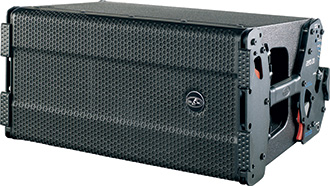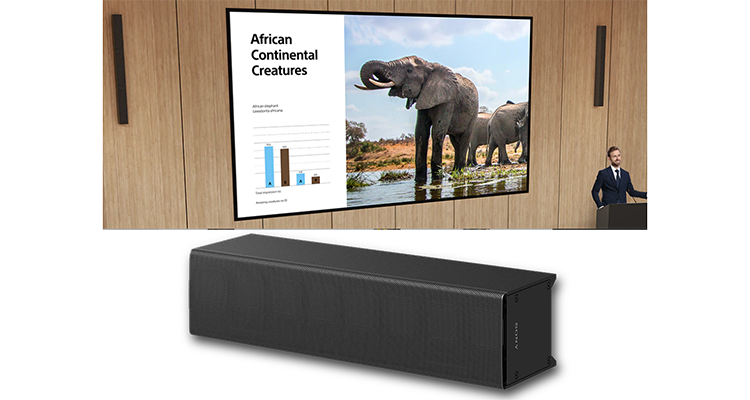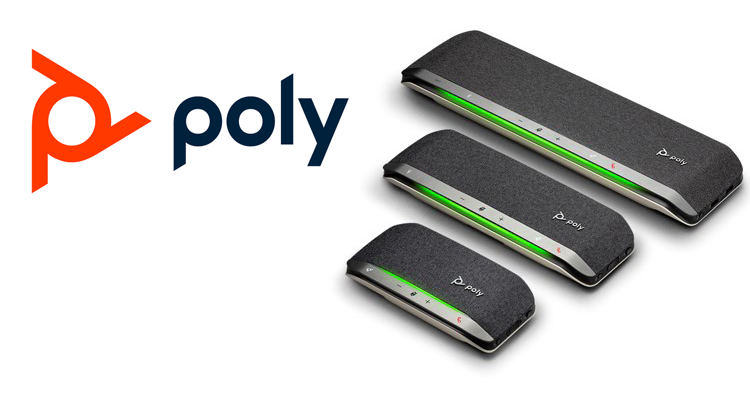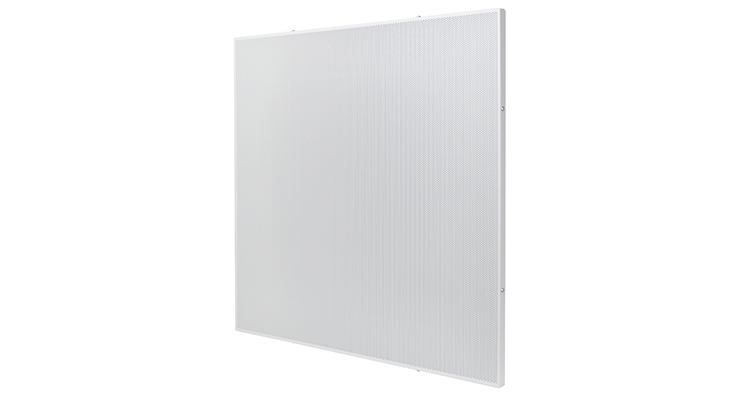DAS Launches AERO 20A Compact Line Array
 D.A.S. has announced the launch of its new Aero 20A compact powered line array system. The new system joins the third generation of Aero line arrays systems born with the introduction of the Aero 40A Advanced Line Array System (ALAS) in 2014. Incorporating the ALAS philosophy, the Aero 20A draws from the astounding success of the “all-purpose” capabilities of the Aero 12A, launched in 2009.
D.A.S. has announced the launch of its new Aero 20A compact powered line array system. The new system joins the third generation of Aero line arrays systems born with the introduction of the Aero 40A Advanced Line Array System (ALAS) in 2014. Incorporating the ALAS philosophy, the Aero 20A draws from the astounding success of the “all-purpose” capabilities of the Aero 12A, launched in 2009.
The new Aero 20A incorporates D.A.S.’s latest transducer design, power electronics and system management. The Aero 20A incorporates a new D.A.S. 12″ loudspeaker optimized to provide high output and reliability. A light aluminum voice coil bonded to a new fiberglass reinforced cone, an optimized magnet circuit, and a new suspension design, have contributed to the exceptional performance of the 12AN4 in terms of distortion, power handling and maximum SPL. The 12AN4’s new voice coil venting scheme is particularly effective in dissipating voice coil heat providing the speaker with a high thermal rating and low power compression.
The high frequency response relies on the M-75N compression driver and a new waveguide assembly developed specifically for the Aero 20A. The compression driver employs a neodymium magnet structure, a titanium diaphragm and 75 mm (3″) voice coil. The M-75N is attached to an injected aluminum waveguide optimized to provide exceptional performance in conjunction with the M-75N driver.
The Aero 20A is powered by an advanced electronics package comprising a compact Class D amplifier that combines the power supply, output stage and connectors in a single, light-weight chassis. The two channel (800 W + 400 W) amplifier makes use of the latest in switch mode technology and offers maximum performance, high predictability and immunity from intermodulation artifacts thanks to the innovative design of the Pulse Width Modulation controller.
The Aero 20A incorporates the latest in digital signal processors. Brick wall FIR filters have been used to provide perfect alignment between ways achieving exceptionally uniform coverage all the way down to the crossover point. Top-of-the-line AD/DA converters have been employed allowing for significant improvements in dynamics, lower distortion and ultra-low noise levels.





